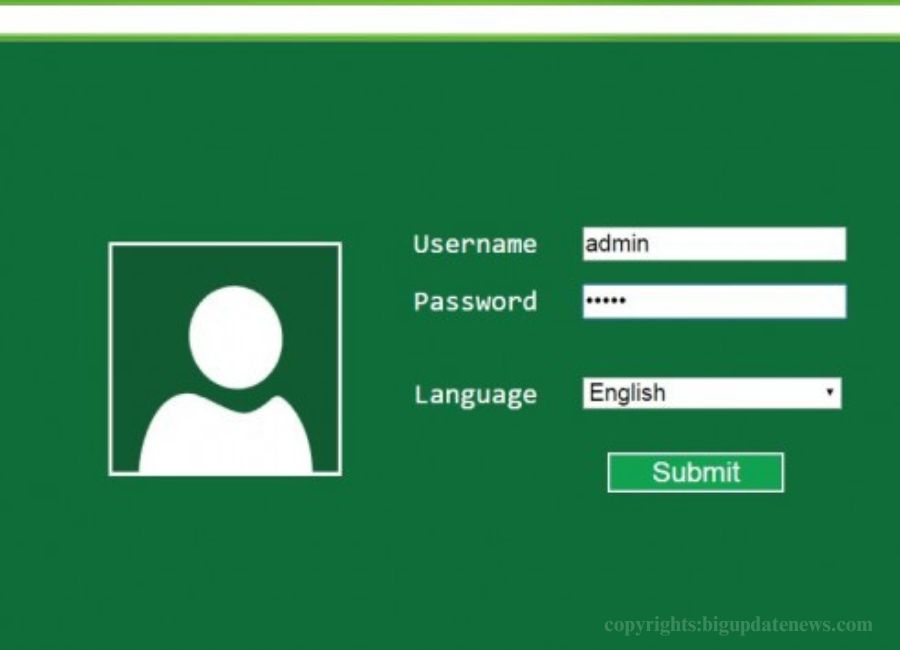Effective management of IP addresses and ports is crucial for maintaining secure and efficient network operations. One particular configuration, 192.168.1.257:8188, plays a significant role in private network setups. While the combination might seem complex, understanding it ensures better control over your network’s accessibility and functionality. Let’s delve into practical ways to manage this configuration for seamless operations.
Understanding 192.168.1.257:8188 Configuration
At its core, 192.168.1.257:8188 represents an IP address and port pairing used in internal networks for specific administrative or connection tasks. The IP address falls within the common range used for local area networks (LANs), while port 8188 is typically assigned for specialized services.
Why the Correct Setup Matters
Correctly managing 192.168.1.257:8188 ensures a secure and reliable connection within your network. Mismanagement can lead to various problems, including reduced network speed, connectivity issues, or potential security vulnerabilities. A proper understanding of how to configure and maintain this setup can enhance your network’s overall performance and safety.

Setting Up 192.168.1.257:8188 Effectively
Managing 192.168.1.257:8188 starts with setting it up correctly. Follow these essential practices for optimal configuration:
1. Validate IP Address Compatibility
It’s essential to note that 192.168.1.257 is technically an invalid IP address. The last octet in an IPv4 address must range between 0 and 255, which raises the need to double-check and ensure that the intended IP configuration fits within valid parameters. If your goal is to configure a device with a similar structure, ensure you use an address like 192.168.1.1 or 192.168.1.100, alongside the appropriate port.
2. Secure Your Port Usage
Port 8188 is not commonly used, which can be an advantage in some cases as it may be less targeted by malicious attacks. However, this obscurity does not guarantee safety. Implement the following measures for better port security:
- Use Firewalls: Creating a firewall that will be responsible for checking on the networks’ incoming and outgoing traffic.
- Port Forwarding Rules: Set up strict rules to manage which devices can access 192.168.1.257:8188.
- Regular Updates: Ensure all software and firmware connected to the port are updated regularly to prevent vulnerabilities.
3. Implement Strong Authentication Measures
Ensuring that only authorized users access 192.168.1.257:8188 is paramount. Use the following authentication practices:
- Strong Passwords: Demand separate intricate and hard-to-crack passwords for entry.
- Two-Factor Authentication (2FA): Increase the protection procedures a step higher and use 2FA.
- Access Logs: Keep detailed access logs to monitor and audit any connections to 192.168.1.257:8188.
Common Challenges and Solutions
While managing 192.168.1.257:8188, several challenges might arise.Below is a list of most frequent problems, and how to address them:
Issue 1: IP Address Conflicts
An IP conflict occurs when multiple devices share the same IP within a network. To avoid this:
- Use Dynamic Host Configuration Protocol (DHCP): This eliminates the manual work of grantingIPs and most of all eliminates host conflicts.
- Static IP Allocation: Assign specific IPs to essential devices while ensuring there are no overlaps.
Issue 2: Unauthorized Access Attempts
Unwanted access attempts can compromise network security. Mitigate this risk by:
- Configuring Network Firewalls: Enforce access restrictions to block unauthorized traffic.
- IP Whitelisting: Limit access to 192.168.1.257:8188 to trusted devices only.
Tips for Enhancing the Performance of 192.168.1.257:8188
Performance optimization is crucial for seamless network operations. Here are actionable tips for managing 192.168.1.257:8188 effectively:
1. Monitor Bandwidth Usage
Regularly track bandwidth usage to ensure that 192.168.1.257:8188 does not become a bottleneck.Ensure that you use network monitoring tools that will give you real time data.
2. Schedule Routine Maintenance
Keep your network running smoothly by scheduling maintenance checks. Regular check-ups ensure there are early signs of problem before it becomes big.
3. Optimize Your Router’s Configuration
Routers play a pivotal role in managing 192.168.1.257:8188. Make sure your router settings support efficient handling of this IP and port combination by:
- Adjusting Quality of Service (QoS) Settings: Prioritize traffic based on importance.
- Updating Firmware: Regular updates ensure compatibility and performance enhancements.
Troubleshooting Common Connectivity Issues
Even with proper setup, issues can still arise. Here are quick troubleshooting tips:
Check Network Cables and Connections
Ensure all physical connections are secure and in good condition. Faulty cables can lead to intermittent connectivity problems.
Restart Devices
Rebooting routers or other network devices can resolve temporary glitches affecting 192.168.1.257:8188.
Review Configuration Settings
Double-check all settings to confirm there are no discrepancies in the configuration of 192.168.1.257:8188.
Best Security Practices for Long-Term Stability
Maintaining the long-term stability of 192.168.1.257:8188 involves ongoing vigilance:
- Regular Software Updates: Keep all connected devices updated to protect against vulnerabilities.
- Network Segmentation: Divide your network into segments to limit access and potential damage if a breach occurs.
- Continuous Monitoring: Use security tools to keep an eye on your network’s activity and respond swiftly to suspicious behavior.
Conclusion
Managing 192.168.1.257:8188 may initially appear complex, but with these best practices, it becomes more manageable and secure. By following correct setup guidelines, enhancing security measures, and optimizing performance, you can ensure this configuration functions effectively within your network. Apply these strategies to maintain a safe, fast, and efficient connection.




